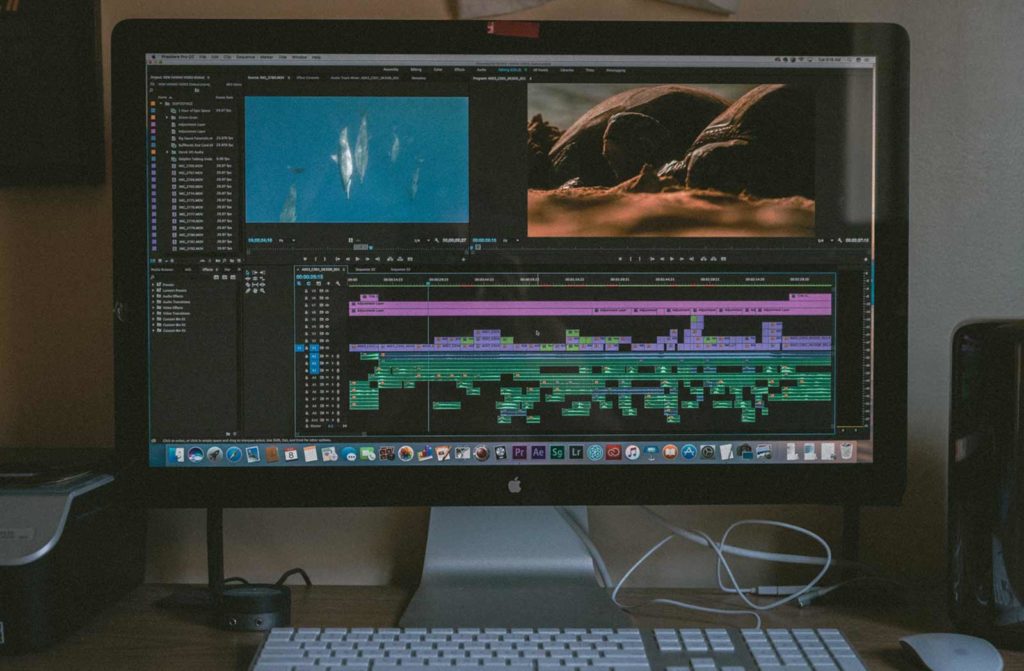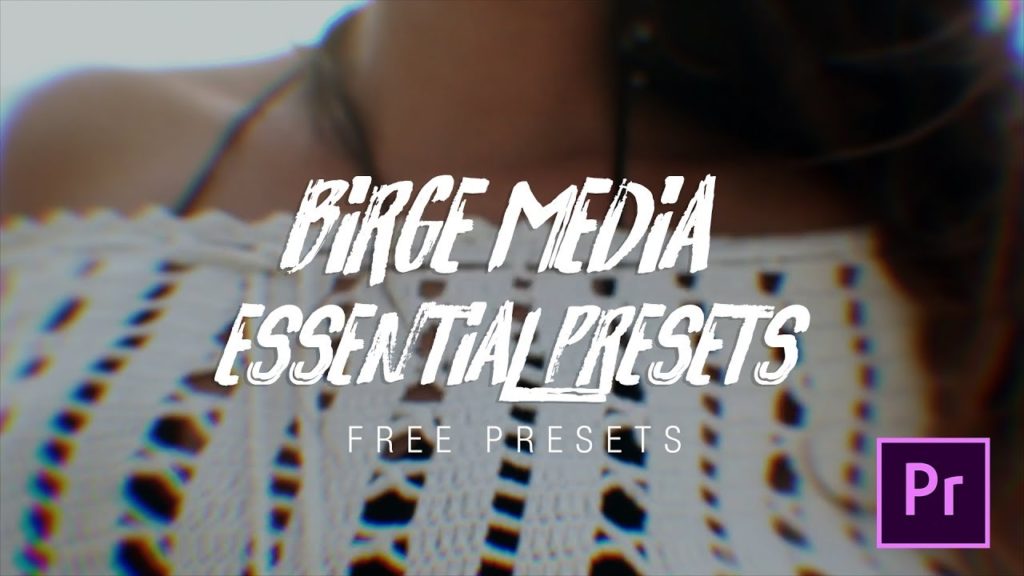Let’s talk about clip selection and how to be more critical so that your story is more compelling.
So, compositing an interesting story can be hard if you get lost in all the A-roll, B-roll, sound effects, and music. As such, staying organized is key in the early stages of your editing process. The main reason we stress the importance of being organized is that we know that having an organized process produces clarity. Have you ever met someone who is horrible at telling stories? They can never seem to hit the punchline correctly, or they get the timeline of the events all wrong, leaving everyone at the dinner table confused. The reason these things happen is that the storyteller has no clarity. Their mind jumps from one event to another, and they have no sense of direction for their story.
This can definitely happen when you are composting your videos. The main way we combat this confusion is through clip selection. For us, clip selection is our first step of editing, and it happens before everything else and after an import. The reason it’s first is because of how important it is to the story development process. We, by hand, go through each and every clip. And we do this for all our projects, regardless of whether they consist of 10 or even 300 clips. We set in and out points for usable clips and discard clips that we deem worthless. We then place all our clips into a temporary timeline to give us an idea of how our clips complement each other.
Once this is done, we will have a greater understanding of our project, and now, composing the story is 5 times easier. You’d probably think that this process would add more hours to your editing time. But in reality, it cuts that time down. This is because you are not editing on the fly, and you’ll always know what direction you can take your video toward; this is due to the fact that you have seen the future in your clips.
Now, your next question might be, “How do I know my in and out points when selecting my clips?” Well, normally, we recommend you selecting in and out points that are anywhere from 2 seconds to 3.5 seconds long. This way, when the clips are in your temporary timeline, you can see a fast preview of the project instead of waiting for long clips to play out. You can then make the right adjustments on your timeline when composing the video.
Don’t forget to check out our next post on how we deal with choosing the right audio tracks for your videos. You can stay updated with all our new posts and videos here, Facebook, Instagram, and youtube. See you at the next one.





